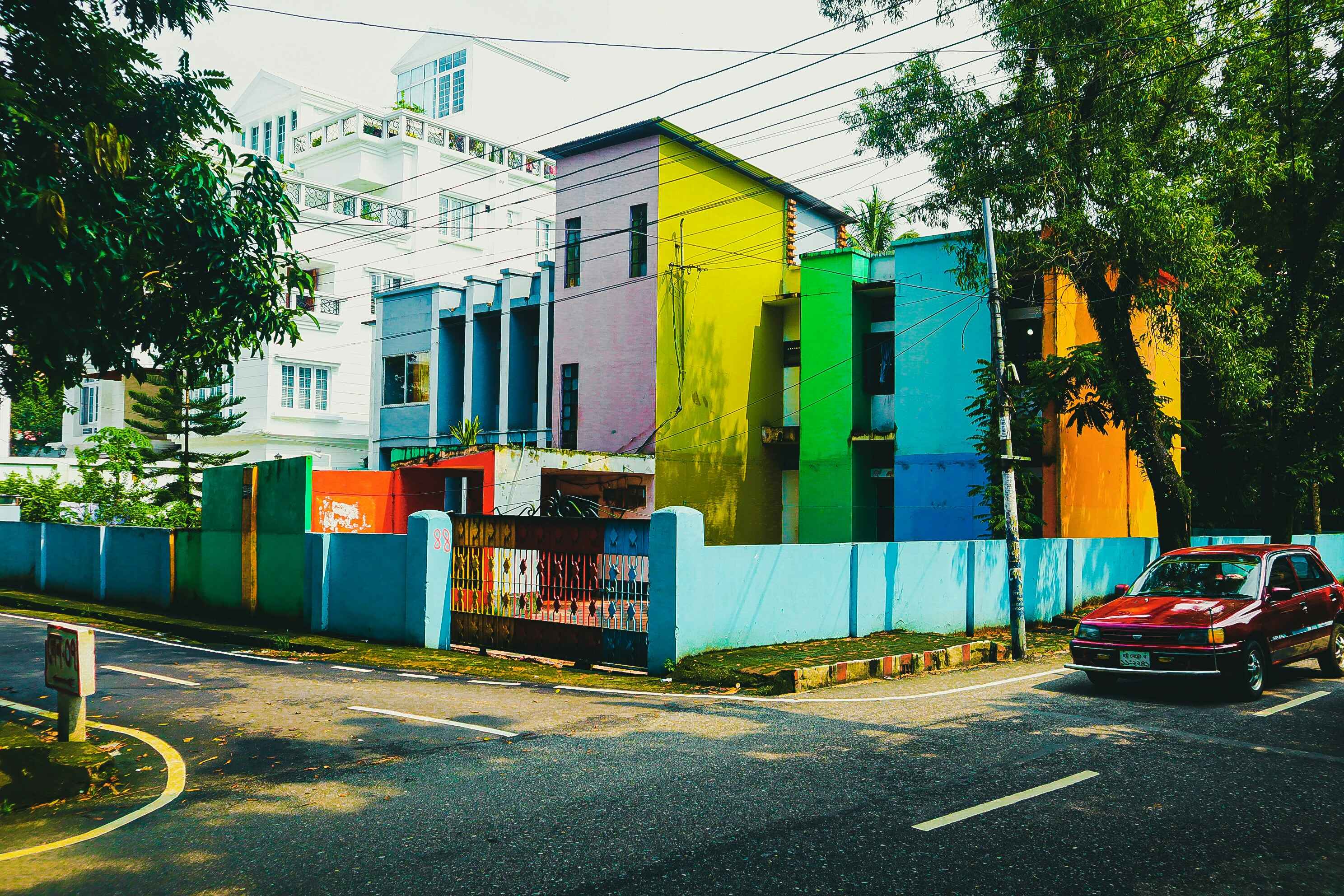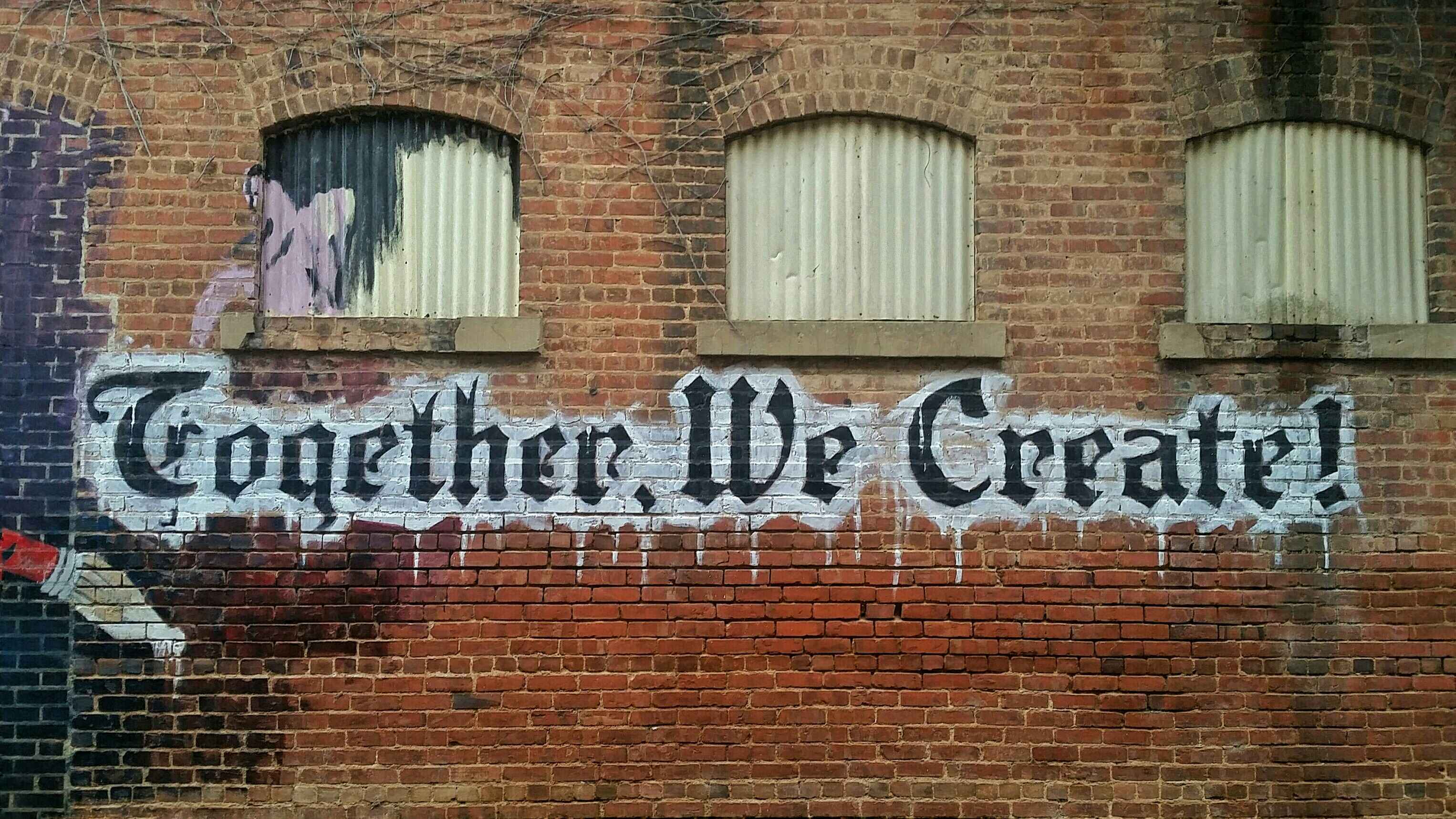Introduction
Creating a sense of belonging, connection, and support is a common definition of community building. A community must acknowledge the diverse identities that each member contributes, though, if it is to be genuinely inclusive. Intersectionality is important in this situation.
The term "intersectionality," coined by legal scholar Kimberlé Crenshaw, describes how various facets of an individual's identity, such as race, gender, class, sexual orientation, and ability, intersect and produce overlapping experiences of privilege or discrimination. It pushes us to see beyond frameworks that focus on just one issue and create communities that value and represent the diversity within diversity.

Understanding Intersectionality
Intersectionality is a lens through which to view everyday life, not merely a theoretical idea. For instance, a Black woman may experience racism and sexism at the same time, in ways that are different from those experienced by Black men or white women. A queer person with a disability may also have to deal with homophobia and ableism. These experiences are layered rather than isolated, and they influence how people navigate the world.
Well-intentioned attempts at inclusion may fail if intersectionality is ignored. Community building may inadvertently give preference to the most privileged voices within a marginalized group, excluding those who encounter additional obstacles, if identities are not acknowledged to overlap.
The Risk of One-Size-Fits-All Inclusion
Inclusion is the goal of many community initiatives, but it can become performative or insufficient in the absence of intersectionality. For example, transgender women or people with disabilities may feel alienated from a women's group that solely emphasizes cisgender, able-bodied experiences. Without racial diversity in leadership or attendance, an LGBTQ+ community event may inadvertently reinforce the very prejudices it aims to combat.
Making sure that inclusion is not selective is made easier by intersectionality. It serves as a reminder that genuine community building is more than just inviting people in; it also listens, changes, and adapts to suit a range of needs.
Intersectionality in Action: What It Looks Like
What does intersectional community building actually entail?
Leadership Representation: The various identities present in the community should be reflected in leadership teams. Representation is more than just symbolic; it guarantees that different experiences are taken into account when making decisions.
Accessible Spaces: Activities and events ought to be both digitally and physically accessible. This entails taking accessibility to technology, mobility, language hurdles, and sensory requirements into account.
Safe and Brave Spaces: Communities ought to provide a space for candid conversation as well as emotional safety. This entails providing space for vulnerable experiences and responding to harm when it occurs.
Intentional Outreach: Reaching out to people outside of your typical networks is known as intersectional outreach. It entails investing in underrepresented voices and speaking out on issues that don't directly impact the majority.
The Role of Listening and Unlearning
Building intersectional communities necessitates a readiness to pay close attention. This entails giving people the opportunity to express their experiences and be heard rather than assuming they have needs.
Unlearning is another aspect of it. Many of us harbor unconscious prejudices that have been influenced by our surroundings, education, and upbringing. We might think that everyone shares our viewpoint, but this isn't the case. These presumptions are contested by intersectionality, which encourages us to develop.
Just as crucial as speaking up is exercising humility, which is understanding when to take a backseat, listen, and absorb knowledge from others.

The Benefits of Intersectional Communities
Communities that embrace intersectionality are stronger, more innovative, and more resilient. Why? Because they draw on a wider range of perspectives, talents, and lived experiences. They are more likely to challenge norms, address systemic inequalities, and foster genuine connection.
People who feel fully seen and valued are more likely to participate, contribute, and thrive. When community members are empowered to bring their whole selves, the community as a whole becomes richer, deeper, and more dynamic.
Challenges to Intersectional Community Building
Although it's not always simple, intersectional work has meaning. It can cause discomfort, expose tensions, or slow down normally fast processes. It takes more than a list of diversity objectives; it takes constant dedication.
Typical difficulties include the following:
People who are uncomfortable with changing power dynamics are resistant to change.
Tokenism is when someone is asked to speak for a whole group without any backing.
Burnout, particularly among marginalized people who are always teaching others.
Recognizing the complexity and continuing to be open, accountable, and empathetic is the answer, not giving up.
How to Start Building with Intersectionality
Here are some strategies to integrate intersectionality into your work if you're a member of a community organization, workplace group, educational institution, or even an online discussion board:
Learn for Yourself: Find out how your community is affected by intersectional theory.
Examine Your Spaces: Who is absent from your meetings, discussions, and choices?
Ask, Don't Assume: Get input, pay attention, and be receptive to criticism.
Encourage Intersectional Initiatives: Collaborate with groups and leaders who are working at the intersections.
Reflect Often: The process of creating a community is a dynamic one. Remain adaptable and receptive.
Conclusion
Intersectionality isn’t just a buzzword—it’s a necessary framework for creating communities where everyone can belong. Without it, we risk building spaces that include some while excluding others. With it, we build deeper, more inclusive communities that reflect the true diversity of human experience.
By recognizing and honoring the complex realities of those around us, we don’t just build better communities—we build a more just and compassionate world.
